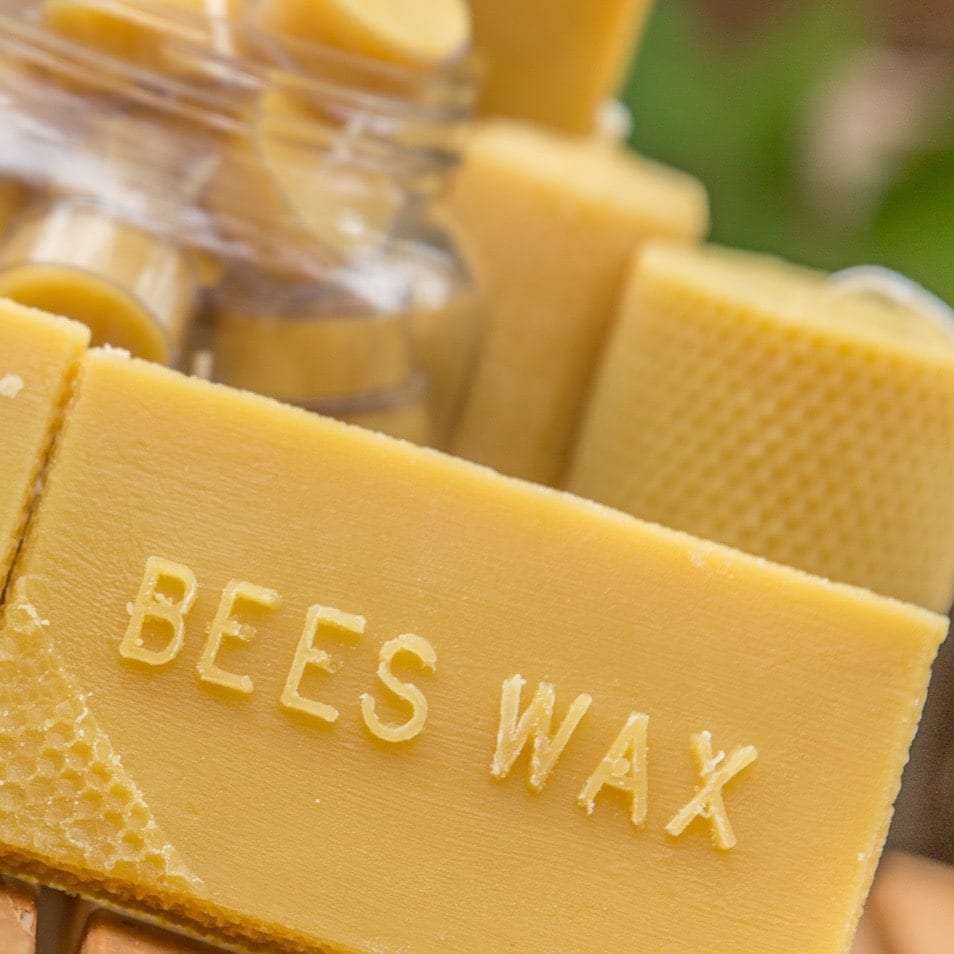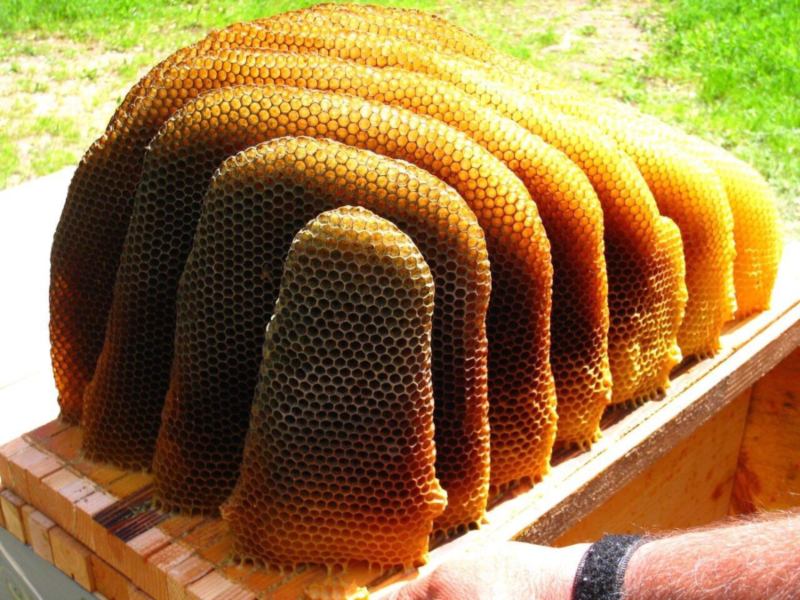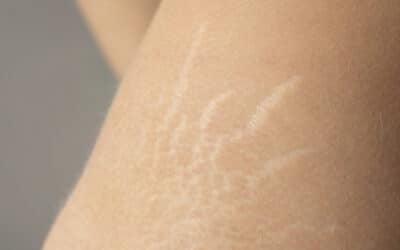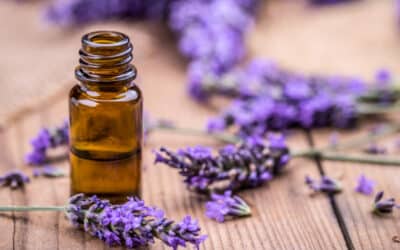This type of wax is made using the honeycomb of bees including honeybees. The creation of one pound of wax requires bees to fly 150,000 miles. As pollens oils are mixed into the honeycomb wax, the color changes from white to brown or yellow. The available colors usually include bleached, white, and yellow. Yellow is obtained right from the honeycomb, with yellow wax required for the production of a bleached or white coloration. Man-made versions often have a natural appearance.
The wax is a natural production of bees. Bees have eight glands capable of producing wax in their abdominal segments used to form scales. The wax is discarded by worker bees close to or in the hive before collection by hive workers. The wax is then used for pupal and larval protection in the hive and the cell formations necessary to store honey. The wax contains fatty acid esters and long-chain alcohols.

How is Beeswax Made?
The complete lifecycle of female worker bees is approximately four weeks. The younger workers are the most efficient at producing wax. Once the bees are 18 days old, a degeneration of the wax glands occurs. This continues for the remainder of the life cycle. These bees collect and consume the nectar from flowers to produce honey. Between six and eight pounds of honey must be ingested for the production of just one pound of wax.
The bee’s wax glands convert the sugar. Secretion is accomplished using extremely small pores in the body for wax droplets. When exposed to the air, the droplets harden to form wax. The wax is located on the abdomen of the bees in little transparent scales. Once the salivary secretions of the bee have chewed and processed the wax, the color of the scales become white. At this point, the wax is pliable and soft enough for use in the honeycomb.
If the temperature is too low, the wax becomes too hard. When too high, the wax is too soft. This is the reason bees use the heat of their bodies to regulate the hive temperature. The temperature maintained is approximately 35 degrees Celcius or 95 degrees Fahrenheit. This is ideal for the management of the wax. Initially, the honeycomb consists of multiple cylinders in a hexagonal shape with a colorless and clear appearance.
As propolis, pollen and honey are incorporated, there is a gradual change in the color. As time passes, the color darkens and the hive is used for raising new generations. The color of the wax is dependent on the type of pollen and honey. There is a variation of color including white, several shades of yellow, brownish-black, red and orange. Although each color has a different aesthetic significance, the quality remains the same.
The question of how is beeswax made also pertains to commercial wax. This type of wax is white due to the filtering and natural removal of color. No chemicals are necessary which is beneficial for consumers. The manufacturers using harsher bleaching processes including hydrogen peroxide, sulphuric acid and ionization are fairly uncommon.
Benefits of Beeswax
Aromatherapy:
Wax is essential for aromatherapy due to the smokeless, clean, slow and long burn. The flames are bright with an aroma of honey. The flames help eliminate pollutants in the air while enhancing health for both the mind and body.
Staying Power:
Cosmetics containing wax have a natural and incredibly long staying power. Beeswax has a molecular structure we have found ideal to anchor cosmetics to the skin. This eliminates any concerns for individuals with an oily complexion regarding the slipping and sliding of foundation as the day passes. Using cosmetics containing wax also eliminates the need for synthetic primers containing silicone know for preventing the skin from breathing due to blocked or clogged pores. Cosmetics have a fresh appearance throughout the day with touch-ups unnecessary.

Liver Protection:
One of the other benefits of beeswax is protecting the liver. We read a study published by the Korean Journal of Internal Medicine in 2013 regarding the effects of antioxidants found in honeycombs on the liver. Researches used a beeswax alcohol mixture for the evaluation of effectiveness and safety for individuals diagnosed with fatty liver disease. After 24 weeks, the researchers determined the mixture was beneficial for the improvement of fatty liver symptoms and normalizing the liver function.
Water Resistance:
The wax offers water resistance beneficial for mascara. When the eyelashes become wet, black or brown smudges common on the cheeks are eliminated. Water-proof mascara manufactured using alcohol to dry lashes often results in breakage or brittleness. Water-proof mascara with a base of organic wax not only nourishes lashes, but it also protects them from the environment. Wax is an effective barrier resistant to water to keep cosmetics fresh even during a rainstorm.
Lowering Cholesterol:
According to research, wax contains an extremely long chain consisting of fatty alcohols capable of decreasing cholesterol levels. The nutritional effects found in aliphatic acids and wax esters can decrease bad cholesterol or low-density lipoprotein by as much as 21 to 29 percent. Wax can also increase good cholesterol or high-density lipoprotein between eight and 15 percent.
Creamy Texture:
Wax can be added to powder-based cosmetics including blush, eyeshadow and foundation for the creation of an incredibly creamy texture. As opposed to so many of the mainstream powders, those with wax added will not cling to dry skin patches or crease. The result is a dewy glow to the skin with a smooth finish. Cosmetics containing wax have a creamier texture ensuring cosmetics are much easier to apply.
The result is a nice even coverage. Wax is a natural ingredient we believe is an exceptional option for individuals with sensitive and dry skin requiring a non-irritating and light formula enabling the skin to breathe properly.
Fighting Environmental Damage:
Wax has a natural barrier providing skin with a protectant from environmental damage including cigarette smoke and pollution from traffic. When these types of pollution make contact with the skin, the result is often free-radicals known for causing damage resulting in premature aging of the skin. Any products applied to the skin such as creams stop pollution from coming into contact with skin to help prevent free radicals from forming and damaging the skin.
The benefits of beeswax also include not blocking the pores which prevent the skin from breathing. When the wax is used in hair products, moisture can be prevented from escaping. Hair growth is stimulated with hair loss decreased.
Treating A Variety of Skin Conditions:
Wax is a good option for the treatment of a range of skin conditions including eczema, psoriasis and diaper dermatitis. All of these skin conditions can be treated with a mixture of olive oil, honey and wax. We read a study the Dubai Specialized Medical Center conducted regarding the effect of the substances mentioned above on the growth of candida albincan and Staphylococcus aureus.
Two different experiments were performed with the first involving pouring a mixture containing both honey and wax into holes in plates previously seeded using either candida albincan or Staphylococcus aureus. For the second study, a mixture containing nutrient agar-honey and Sabouraud glucose was used. The results of the study showed the mixture containing both honey and wax was capable of slowing the bacterial growth impacting skin and causing skin issues and conditions.

Beeswax Uses for Skin
There is a lot of wax uses for skin. This is the reason wax has been popular for skin treatments since ancient Egyptian populations. Wax is still used today for numerous skin care products including sunscreen cosmetics and baby products.
Cosmetic Uses for Wax:
Wax is used cosmetically because it calms, soothes, conditions and hydrates the skin. Wax also repairs damage, diminishes the signs left by the aging process, creates a long-lasting and hydrating barrier of protection against pollutants, exfoliates, promotes skin regeneration and soothes irritation and itchiness. Wax also softens, conditions and nourishes hair strands while enhancing the luster.
Medical Skin Uses for Wax:
Wax is used medically to help soothe and facilitate the process of healing for abrasions. Wax stops harmful bacteria from gaining entrance to the body through broken or chapped skin while providing a layer of protection to the skin for external irritants. The anti-inflammatory and antioxidants found in wax benefit individuals suffering from skin ailments or topical allergies.
Natural Moisturizers:
The natural moisturizers in wax are useful as a balm for both lips and skin. Wax locks in moisture to help the skin remain both plump and firm. In some instances, the wax is used as an application for skin damage such as minor burns to promote healing.
Skin Hydration:
Wax not only helps prevent water from penetrating the skin, but it can also help prevent water from escaping the skin. Wax creates a breathable and protective layer on the surface of the skin to lock moisture in for hydration, suppleness and softness. Certain cosmetic products will dry out the skin including loose powders. Organic skin care products and cosmetics containing wax help maintain the natural balance to promote a radiant and healthy complexion.





Thank you very much for sharing, I learned a lot from your article. Very cool. Thanks. nimabi